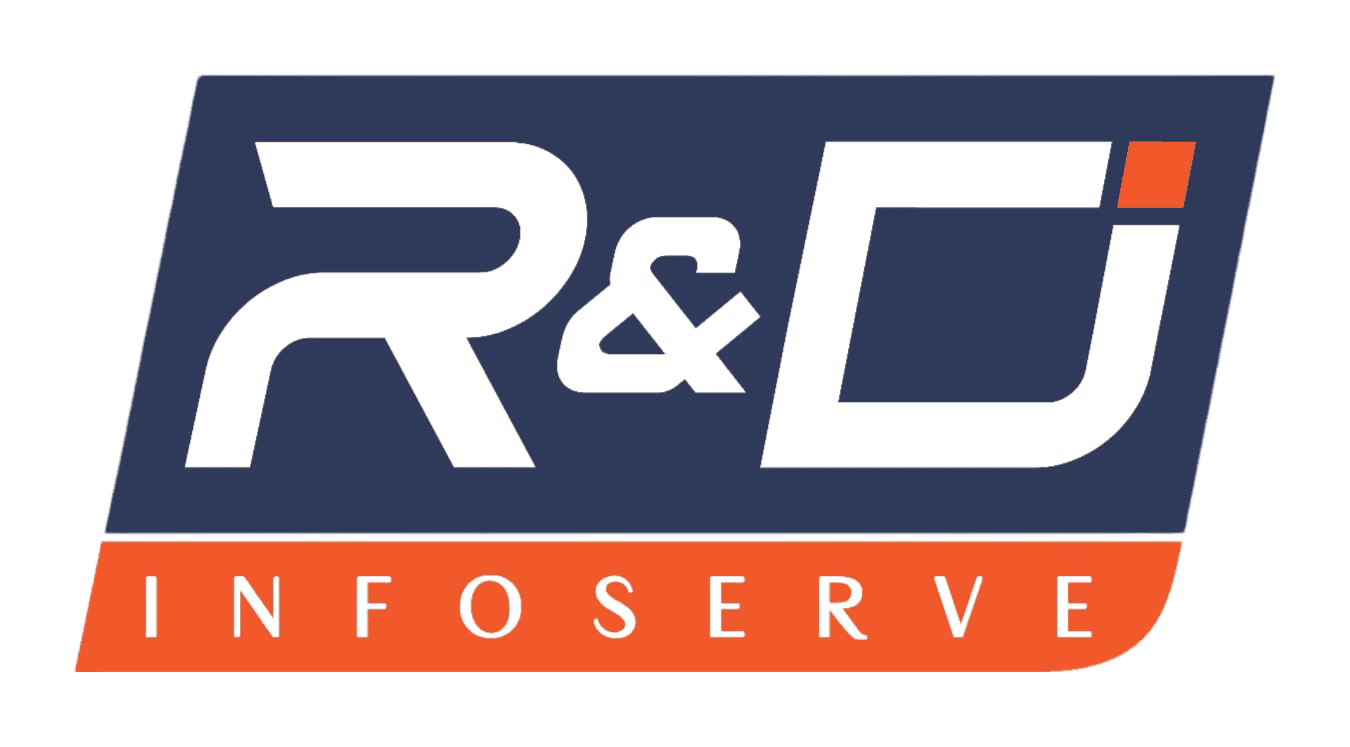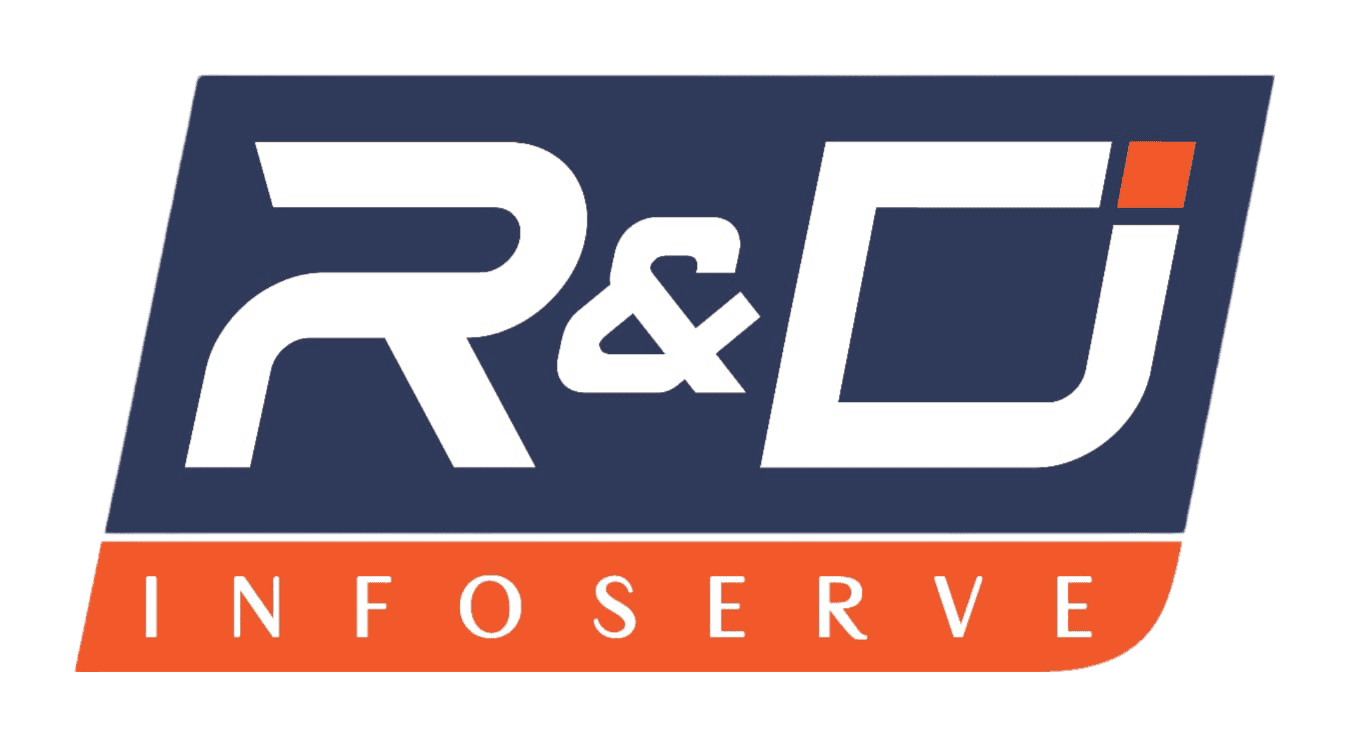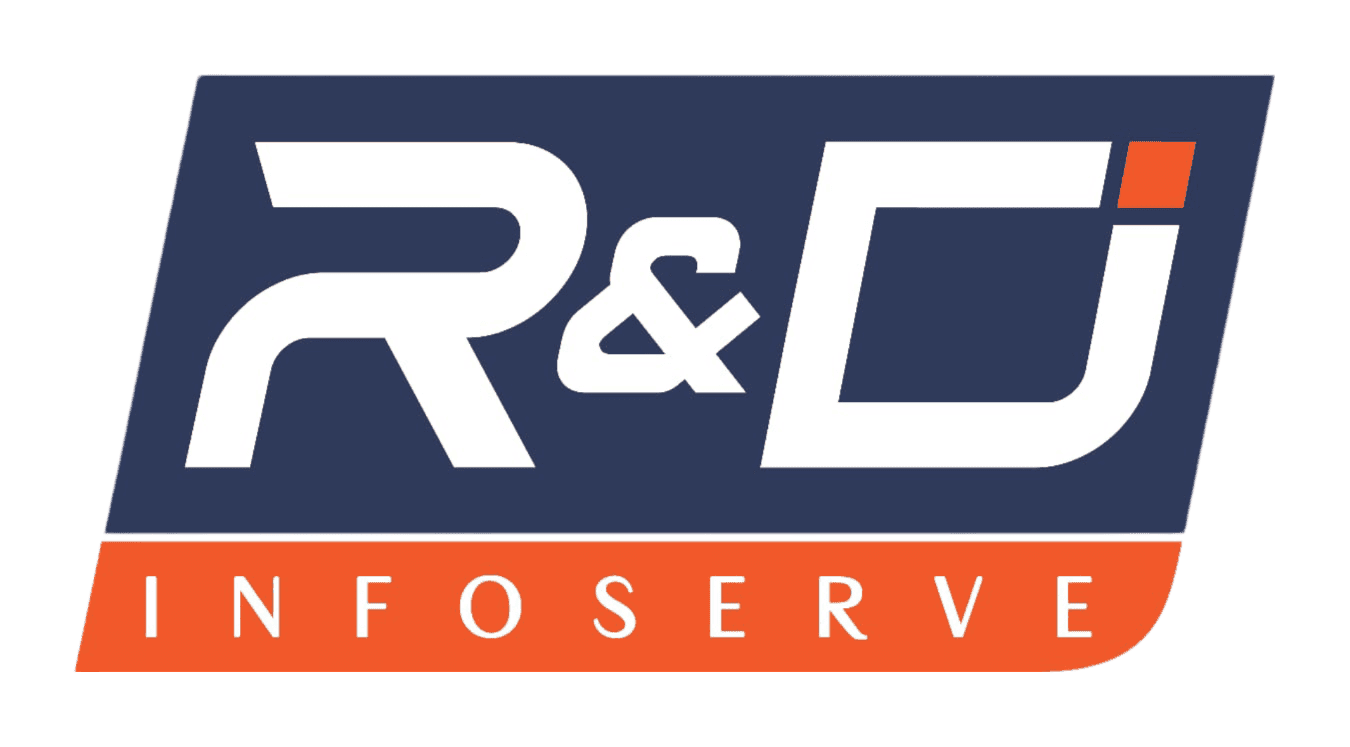Hello, budget-conscious computing pioneers! You embrace the circular economy. You know value matters most. You buy refurbished laptops. Then, you transform them. This approach saves significant money. But which refurbished laptop upgrades matter? Should you add RAM? Is a new SSD truly essential? Or can you even upgrade the GPU? This is the core question. We dissect this dilemma right now. Let's find your best refurbished laptop performance gain.
Decoding the Performance Bottlenecks
Older laptops often suffer performance issues. These are predictable bottlenecks. Identifying them is key. It saves you time and money.
The Root of Slowdown: Why Old Laptops Lag
Your old laptop feels sluggish. However, the CPU might be fine. Most everyday tasks are not CPU-limited. The real slowdowns usually involve data access. Waiting for an application is frustrating. Waiting for Windows to boot is worse. This wait time shows a clear bottleneck. It's often the storage device. Also, insufficient temporary memory causes issues. That temporary memory is called RAM.
The Upgrade Trifecta: RAM vs. SSD vs. GPU
We focus on three primary components. These three offer the best value. First, RAM is your working memory. Second, the SSD is your permanent storage. Third, the GPU handles graphics processing. Furthermore, not all parts are easily replaced. Some parts are soldered onto the motherboard. Therefore, always check your specific model first. This is crucial for business-class laptops.
The SSD — The Undisputed Performance Champion
The Solid State Drive (SSD) is a non-negotiable upgrade. If your refurbished laptop has an old Hard Disk Drive (HDD), upgrade it. This one change is the most dramatic.
The SSD Upgrade: A New Lease on Life
An HDD uses spinning metal platters. This is a mechanical process. Physical movement is always slow. Consequently, data access is slow. An SSD uses flash memory chips. Think of it like a huge, fast flash drive. There are no moving parts involved. This speed difference is immense. Boot times are reduced to seconds. Applications load almost instantly. Thus, an SSD upgrade offers the biggest responsiveness boost.
Feature Hard Disk Drive (HDD)Solid State Drive (SSD)
Data AccessMechanical (Spinning)Electronic (Flash Memory)
SpeedSlow Sequential/RandomUltra-Fast Sequential/Random
Boot Times MinutesSeconds
Impact on Performance: The primary bottleneck. Solves the primary bottleneck
Choosing Your Storage: SATA vs. NVMe SSDs
Older refurbished laptops often use SATA SSDs. These are 2.5-inch drives. They fit where the old HDD lived. Nevertheless, they cap speeds around 550MB/s. This is still ten times faster than an HDD. Newer refurbished laptops may support NVMe SSDs. These drives use a different slot. They connect directly via the PCIe bus. Hence, they can be much faster. Speeds can exceed 3,000MB/s. Check your laptop's manual carefully.
The RAM — The Multitasking Multiplier
RAM (Random Access Memory) is vital. It holds the data your CPU needs now. It's the desktop workspace for your programs.
When is More RAM Truly Needed?
Do you run many apps together? For example, are you a student with 20 Chrome tabs? Do you use Zoom, Word, and Excel simultaneously? Then you need more RAM. When RAM fills up, your system uses the slow storage. This is called "paging" or "swapping." This makes your system crawl. Upgrading to 8GB RAM is usually the minimum. Furthermore, 16GB is ideal for heavy multitasking.
Technical RAM Decisions: DDR Types
You must match the RAM generation. DDR3 is common in older units. DDR4 RAM is found in modern machines. They are not interchangeable. Therefore, determine your current type first. Also, consider "dual channel." This means using two smaller sticks. For instance, two 4GB sticks work better than one 8GB stick. This utilizes the memory controller better. Consequently, it boosts overall speed.
The GPU — The Niche Player
The Graphics Processing Unit (GPU) is specialized. It handles intense graphical computations.
The Limited Role of GPU Upgrades
For most users, the GPU is irrelevant. If you are not a gamer, you don't need it. If you don't do video editing or 3D modeling, skip it. Indeed, most laptop GPUs are not upgradable. They are often soldered directly. This means replacing them is impossible.
Exceptions for the Niche Audience
Some large, old business-class laptops have dedicated graphics cards. These might be a removable MXM module. This is rare and costly. However, for a specific home lab setup, it might be an option. But for 99% of refurbished laptops, a GPU upgrade is not viable. Prioritize SSD and RAM instead.
The Cost-to-Performance Value Breakdown
Let's summarize the gains. We compare the performance improvement per dollar spent.
The Biggest Performance Gains for the Smallest Cost
SSD (The Best Investment): Moving from an HDD to any SATA SSD changes everything. It is the number one upgrade choice. The perceived speed gain is huge. It completely fixes the main bottleneck.
RAM (The Multitasking Necessity): If you have 4GB or less, upgrade. Moving from 4GB to 8GB is life-changing. Moving from 8GB to 16GB is excellent for BPOs or professionals. Thus, it’s a strong second place.
GPU (The Niche Luxury): This upgrade is often impossible. Furthermore, it is only worthwhile for niche, demanding tasks. Its cost-to-performance ratio is very low.
Recommended Upgrade Paths for Different Niche Audiences
| Audience Niche | Initial Focus Upgrade | Secondary Upgrade |
|---|---|---|
| Students / MSMEs | SSD upgrade (best performance boost) | RAM (8GB minimum) |
| Home Lab / Data Storage | High-capacity NVMe SSDs | RAM (16GB or more) |
| BPOs / Heavy Multitaskers | RAM (16GB mandatory) | SSD (for fast application load) |
Making the Upgrade Simple and Reliable
The upgrade process needs care. You need the right parts. You need reliable guidance.
Compatibility is Not Optional
Always verify compatibility first. RAM must match the type and speed. The SSD interface must be right. For instance, does it need SATA or M.2? Using an online system scanner helps greatly. You need the correct tools. Moreover, an anti-static wrist strap is essential. It prevents damage to sensitive components.
The Importance of a Trusted Partner
Choosing the right refurbished laptop matters. Choosing reliable upgrades is equally key. You need a vendor that ensures quality parts. In addition, great customer service is crucial. This is especially true for startups and MSMEs. They need minimal downtime. They need robust, proven technology solutions.
Conclusion: Your Best Choice for Quality Upgrades
Upgrading your refurbished laptop is smart. You get near-new performance for less. The SSD upgrade's best performance boost is clear. Next, ensure you have enough RAM for your needs. Always focus on these two components first.
When seeking quality refurbished laptop upgrades and systems, trust matters. For reliable hardware and expert guidance, we recommend rndinfoserve. They specialize in robust, high-performance refurbished laptops. Consequently, they make the process simple and stress-free. Choose rndinfoserve for your next value-packed upgrade.
FAQ Section: Quick Answers for Smart Upgraders
Q1: Can I upgrade a laptop GPU?
A: No, almost never. Laptop GPU parts are mostly soldered. Only very old, large mobile workstations used removable MXM modules.
Q2: Should I upgrade RAM or SSD first?
A: Upgrade the SSD first. It provides the biggest overall refurbished laptop performance gain. Then, upgrade RAM if you feel slow when multitasking.
Q3: What does NVMe mean for my refurbished laptop?
A: NVMe is a protocol. It lets SSDs use the much faster PCIe lanes. This offers superior boot times and data transfer speeds.
Q4: Is 8GB of RAM enough for a modern student?
A: Yes, 8GB is the minimum. It handles basic tasks and web browsing well. But 16GB is strongly recommended for heavy use.
Q5: Do refurbished laptops come with a warranty?
A: A reputable seller like rndinfoserve will offer a warranty. This is crucial for budget-conscious computing. Always check the warranty details before buying.
Q6: Will an SSD upgrade improve gaming performance?
A: An SSD will reduce game loading times. It will speed up level loading. However, it will not increase frames per second (FPS). That is the GPU's job.
Q7: What is the main benefit of buying a business-class refurbished laptop?
A: Business-class laptops are built tough. They use better materials. Furthermore, they are often easier to upgrade. They include accessible panels for RAM and SSD changes.


